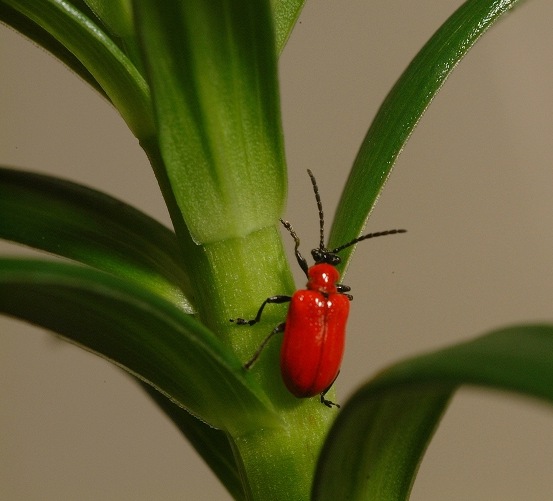
After almost a week of July-like temperatures, more typical spring weather has returned to our area.
That means that all those gardeners that were starved for colour and bought some annuals will have to do a bit of shuffling over the next few weeks!
Remember that most annual flowers are frost tender.
They are grown in warm greenhouses where they get constant light that includes the ultra violet spectrum they need to grow well.
When kept indoors during cold weather, your windows don't allow U.V. light to get through.
Garden plants need to be outside during the day to receive sunshine when temperatures are above 10 degrees Celsius and tucked away in a warm place at night and on cold days when temperatures dip below that point.
If plants are put into the garage during poor weather, be sure they aren't left on a cold floor.
Another caution is to ensure plants are adequately watered but not left waterlogged.
Cold, wet soil promotes root rot. Once roots are damaged plants will decline quickly.
If you have hanging baskets that need to be put in out of the cold, be sure to hanging them in the garage or house.
If that's not possible, at least set them up off of the cold garage floor.
An ideal situation would be in a south or west facing garage where you can open the door during the day, allowing natural sunlight to reach plants for healthy growth.
Another tip is to add a very small amount of a balanced fertilizer, such as 20-20-20, to the water every time you give plants a drink.
This is what we do at the greenhouse to ensure plants flourish.
The constant application of very dilute fertilizer feeds roots, leaves and promoted blooms.
Most perennials, trees and shrubs you may of bought can be planted right away.
The exception might be those perennials that were kept in a greenhouse rather than outdoor benches.
Be prepared with frost blanket or sheets. Cover tender plants on frosty nights until they harden off well.
Last week's warm weather has also brought out some garden and lawn pests.
I saw red lily beetles already eating my lily leaves!
They are about the size of a ladybug but have a longer body and no spots.
I picked them off my plants and squished them.
You can also drop them in a container of soapy water with some oil mixed in.
Keep a close eat out for white grubs in your lawn.
Once they wake up they have voracious appetites and will devour grass roost very quickly.
Typical damage shows up as irregular dead patches in the lawn that expand.
If you grab the dead grass and it comes up easily with no roots, look for the grubs just inside the margins of the healthy grass.
They are plump white grubs that curl into a 'C' shape and have a cinnamon brown head.
Crows, skunks or other animals tearing up your lawn to feed on the grubs is another sign of a bad infestation.
The best control is to apply an beneficial nematode once the soil temperature is consistently above 10 degrees Celsius.
When applied correctly, the microscopic nematodes will be at the roots of the lawn where the grubs will ingest them as they feed.
Nematodes will reproduce quickly in the gut of the grub, preventing it from eating anymore, thus killing the pest within a week to ten days.
It is recommended that you apply nematodes again in early fall.
This is when the grubs hatch and since they are much smaller, they are easier to kill.
When you look to see what is causing the lawn damage, you may find that it's not a white grub but the larvae of the cranefly instead.
This pest is more torpedo shaped; is brownish grey and has little feelers at each end of its body.
Unfortunately in the spring they are too mature to treat with the nematode specific for this pest.
The treatment time for them is in the fall.